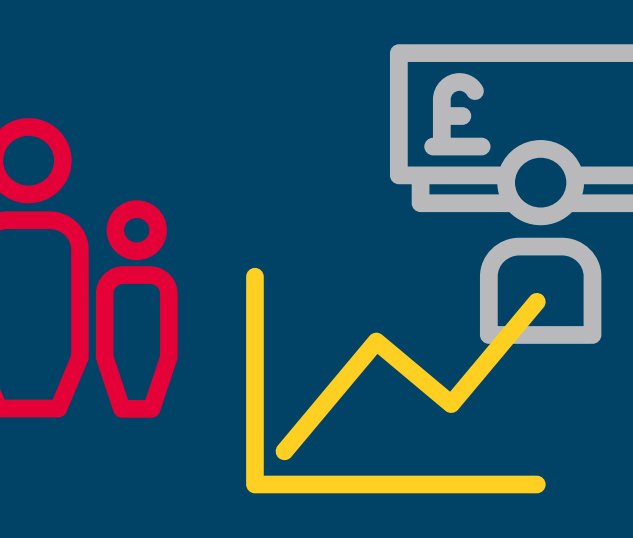Innovations of i-teams
In the first article in this series we looked at what Nesta i-teams are and what they do. Now we will look at more examples in depth to gain a greater understanding of what i-teams have been achieving. Geoff Mulgan the Chief Executive of Nesta explains that:
“All governments need institutions to catalyse innovation”
And this is what i-teams do. They do it in all different ways however.
Behavioural Insights Team
For example, the focus of one i-team that is working in London is behavioural insights. Unsurprisingly, the team is known as the “Behavioural Insights Team,” and it works with the national government of the UK. It has a mission of helping organisations to use behavioural insights in order to support people and make better choices both for themselves and for society.
The team is comprised of 32 people that have a remit to design trials in order to test policy ideas that could help to solve government problems. They have an annual spend of £1 million from the UK Cabinet Office, and they are working on getting extra funding from consultancy in the private and social sectors as well as international governments. One amazing and immediate success was that in the first two years of operation, it was able to save money for the government amounting to 22 times the cost of the team itself. It has been working on creating services that are easier to use and more effective. One task it has undertaken was understanding job seekers’ behaviour and problems. The team spent time in a job centre to understand the experience of job seekers. It was found that the job seekers had to complete nine forms and wait for two weeks to get information processed before they could even see an advisor. The team then worked with a job centre in Essex to come up with a new approach, enabling people to see advisors on their first visit.
Centre for Public Service Innovation – South Africa
In South Africa, an entirely different type of team is in operation. Named the Centre for Public Service Innovation, and launched in 2001, the team of 20 has a remit of entrenching a culture and practice of innovation in the public sector through research and development, unearthing, demonstrating, sharing and rewording innovation, as well as testing, piloting and incubating innovation, and partnering with people in the public sector, private sector and academic and civil society sectors to do so. Essentially, the organisation looks for solutions for government issues. One project has been to develop awards for innovation which attracts a great number of solutions to difficult problems. For example, a finalist in the 2008 award was a diabetic retinal screening project that has expanded from Cape Town into rural areas.
Centro de Innovacion Social-Bogotá
In Bogota, the “Centro de Innovacion Social” (the Centre for Social Innovation) tackles the challenges faced by the most vulnerable people in Colombian society by bringing social innovation to solve problems. In particular it focuses on helping those that live in extreme poverty in Colombia and it works with the national government to do so. It has a team of 16 and was launched in 2011.
Image source: NestaThe emphasis is on improving quality of life. One fascinating project that has been undertaken has been to develop computer games to empower children. Targeted at children aged 7 to 12, the games take on challenges like nutrition, health and child abuse. The games were registered to have been downloaded more than 40,000 times in 2013. One specific problem targeted was in a town named Chia, where data uncovered that the community had a real problem with malnutrition and difficult family dynamics. In this town, the centre is helping to develop a response to the problem. To do this it is working with 175 families to understand what the best innovations will be. It is working with the organisation “One Laptop Per Child” to achieve its goals.
i-teams have achieved great successes around the world. However it is important to acknowledge that not all i-teams have been successful. Mulgan explains:
“The Helsinki Design Lab couldn’t find the patronage or resources it needed to survive. Australia’s DesignGov didn’t survive a pilot phase”.
Nonetheless, i-teams around the world have been delivering interesting innovations and progress. It is fascinating to see where this will all go in the future.

Paula Newton is a business writer, editor and management consultant with extensive experience writing and consulting for both start-ups and long established companies. She has ten years management and leadership experience gained at BSkyB in London and Viva Travel Guides in Quito, Ecuador, giving her a depth of insight into innovation in international business. With an MBA from the University of Hull and many years of experience running her own business consultancy, Paula’s background allows her to connect with a diverse range of clients, including cutting edge technology and web-based start-ups but also multinationals in need of assistance. Paula has played a defining role in shaping organizational strategy for a wide range of different organizations, including for-profit, NGOs and charities. Paula has also served on the Board of Directors for the South American Explorers Club in Quito, Ecuador.










